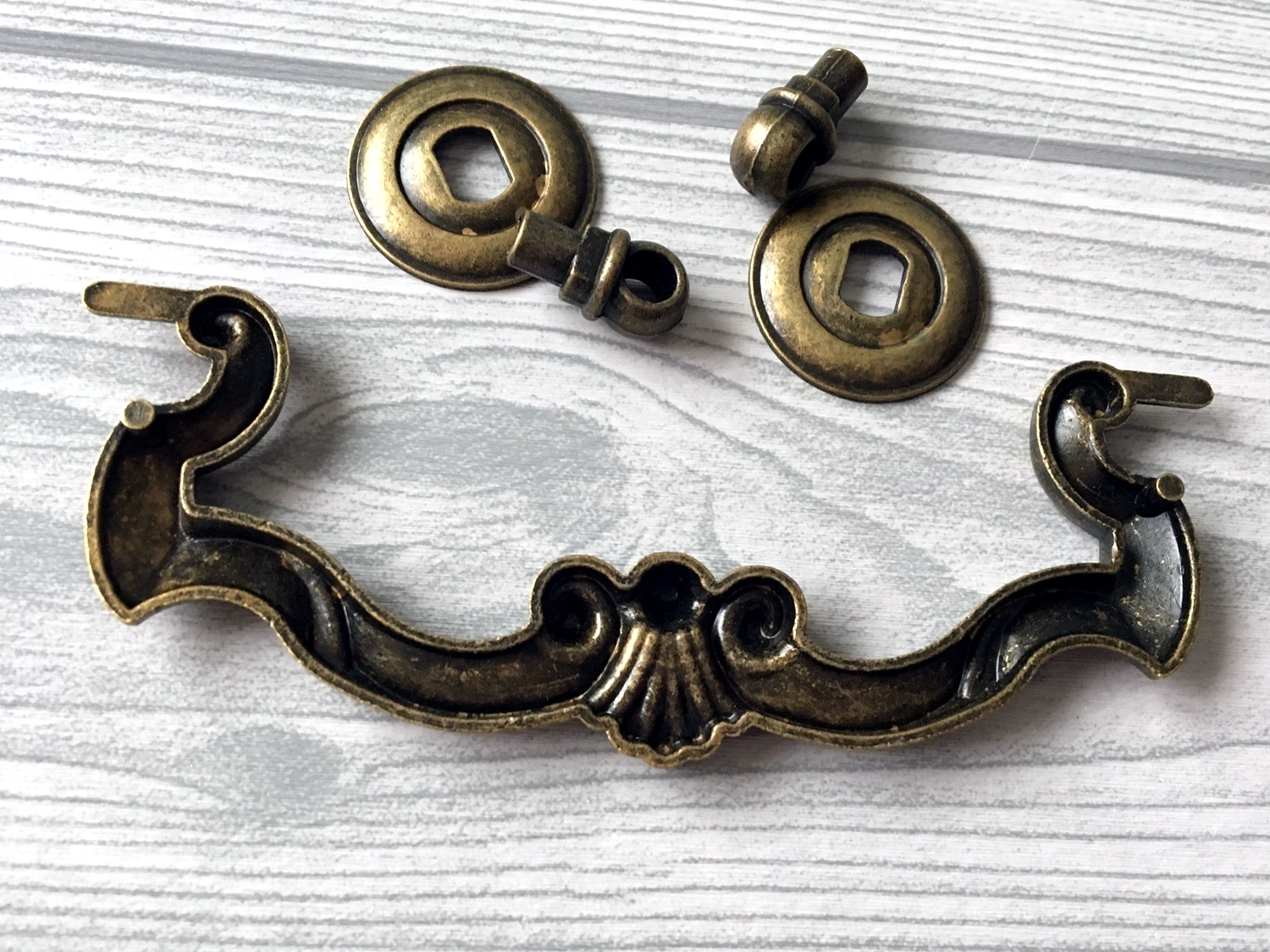
as careful as I could during the move, but accidents happen: I broke the spindle of one of the doorknobs.Was that a bad sign?Christine, from Legacy Vintage, showed me it was not.Desperately browsing the internet for the old trinket, I found many people trying to sell me hardware that "would/should/could work" or "worth a try."Christine promptly answered my request by giving me the certainty of the exact item I wanted.Of course, I was already at ease with my finding, but I was secretly lamenting to pay shipping fees that would surpass the spindle's price.Then, here's where Christine won me over: she asked me if I knew a particular antique store in my city that could offer the same article. I recently got an old house in Montreal.I was.

Mass marketing and early consumerism entrenched 20th century style trends like Art Deco, Art Nouveau, Arts and Crafts and a plethora of revival styles.įor more information on hardware, check out our blog post entitled “ Three Centuries Of Door Hardware“. At this point in time the latch was buried (mortised) into the edge of the door.ġ900s – Hardware thus became totally reliant on its trimmings for aesthetics. It celebrated mass production and heralded the demise of individualized hand wrought hardware. In 1840 the industrial revolution was beginning. Fast forward fifty years and find that during the mid 19th century the Victorians modified the mechanism’s rotary motion to withdraw, rather than lift the latch… another milestone. To the plate he then attached one end of a latch-bar, with the latch-bar resting on the cam such that turning the knobs on either end of the spindle rotated the spindle, and in turn the cam, thus raising the latch-bar.ġ800s – During the ensuing Regency period, in approximately 1820, John Carpenter’s designs enclosed the mechanism in a box. During the reign of George II (1727-1760) a Georgian blacksmith passed a spindle through a door, a plate mounted on the inside of the door, and a cam abutting the plate. Blacksmiths created highly imaginative designs- heart, spade, tulip, cannonball, and swordfish to name a few.ġ700s – Hundreds of years passed passed until the 18th century. This revelation birthed the first thumb-latch. Designs permitting the bar to slide aside and miniaturization of the device created the ‘slide-bolt’ and enabled this timeless and sometimes decorative locking system to be affixed to the door.īy anchoring one end of the bar whilst allowing it to swivel the bar could be lifted in and out of its keeper. Primitive Latches – fortifications universally comprised a repurposed bar placed across the portal and secured at both ends.
ANTIQUE DRESSER HANDLES WINDOWS

Over/Undersize, Unique, Screen, Cabinet & Plank Doors.


 0 kommentar(er)
0 kommentar(er)
